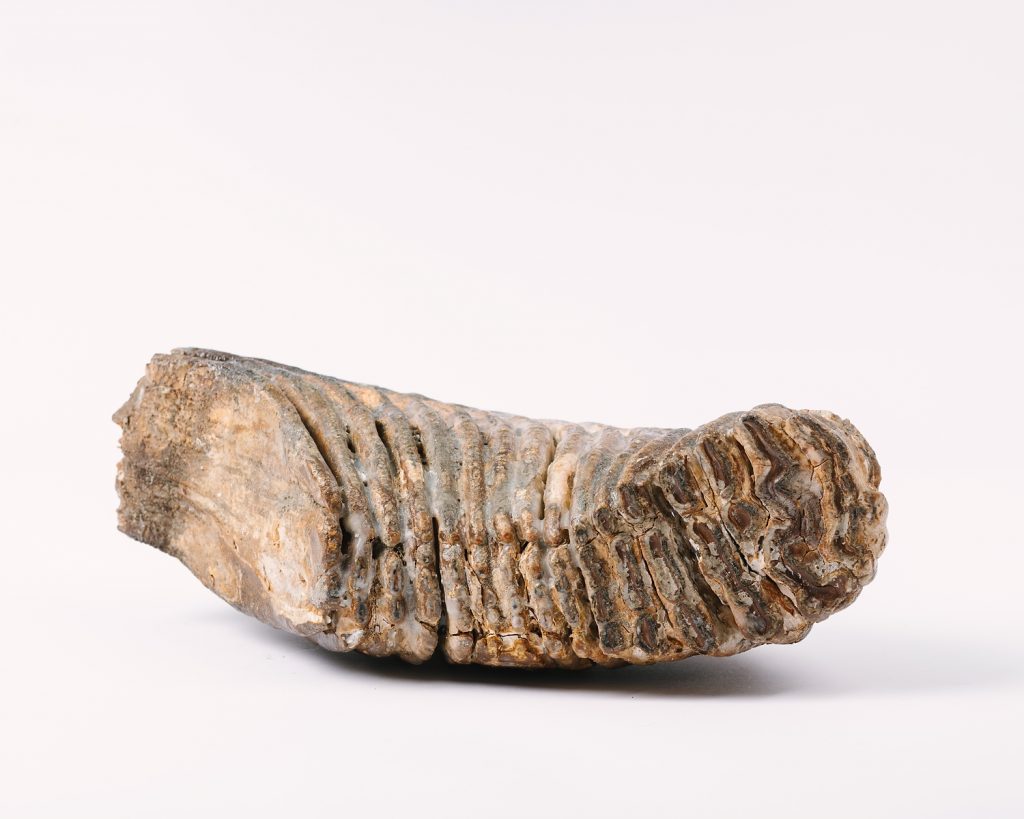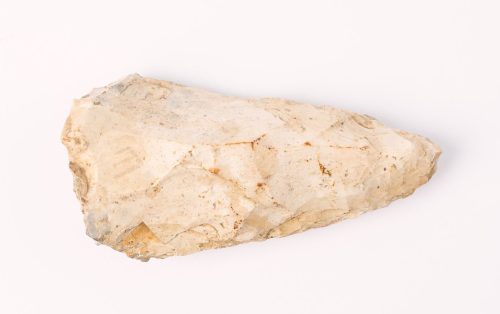
Ancestors of modern humans share the landscape with large mammals which they learn to hunt for food.
The land mass yet to become Britain is still attached to the continent.

Ancestors of modern humans share the landscape with large mammals which they learn to hunt for food.
The land mass yet to become Britain is still attached to the continent.

